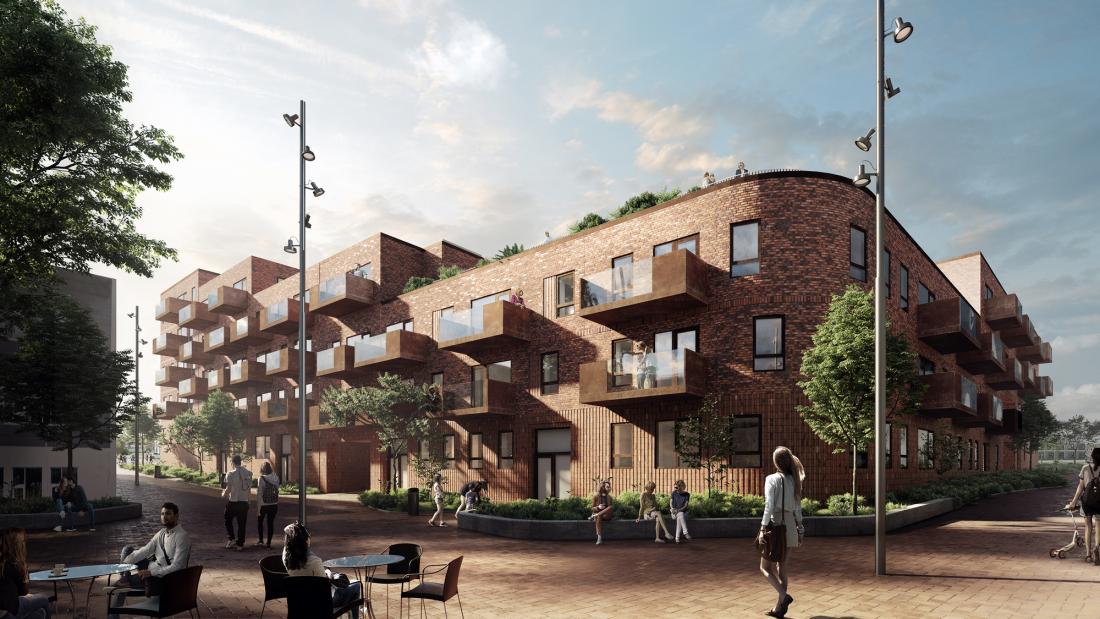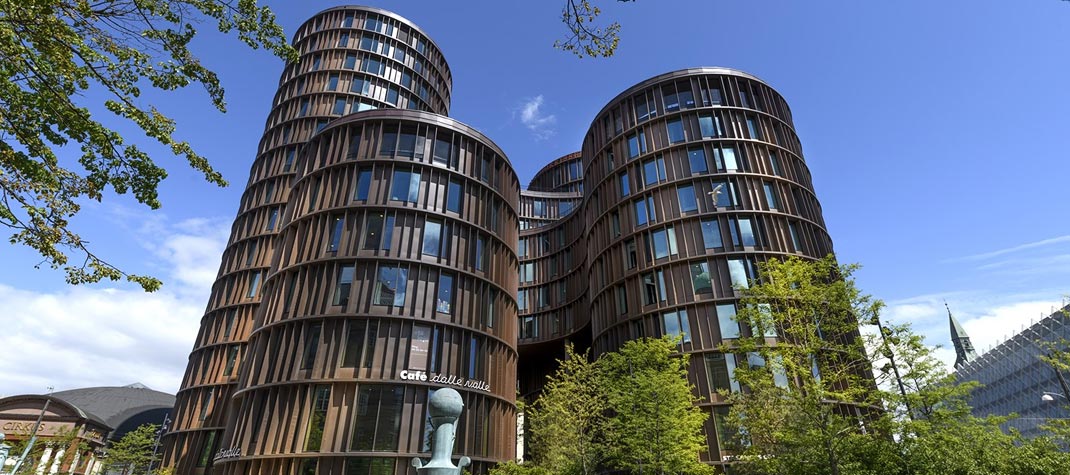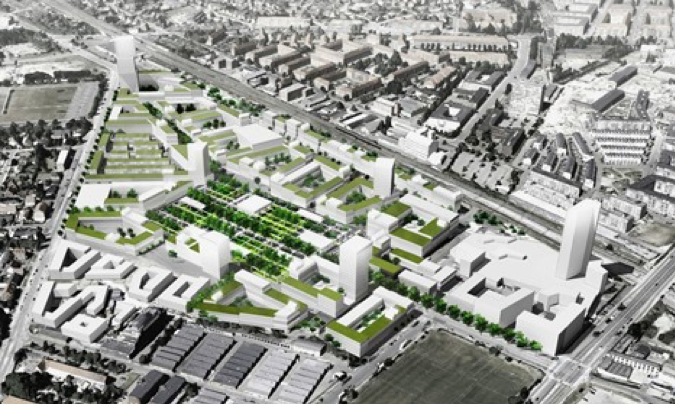The Copenhagen Metro and the Greater Copenhagen Light Railway – New opportunities for digital tenders with negotiation
The ”tender with negotiation” approach has the potential to save millions on public sector construction projects. To date, however, digital tendering processes for large projects have been hindered by both practical and technical challenges. Byggeprojekt.dk has now designed a usable and secure project web solution that the Copenhagen Metro and the Greater Copenhagen Light Railway are already using for tenders worth billions.
When the new Danish Public Procurement Act (udbudslov) came into effect on 1 January 2016, the option of ”tender with negotiation” was added.
“Tender with negotiation is a relatively new form of competitive procurement that public sector construction clients can choose when it adds value to have additional dialogue in the process with the bidders, and thus to get closer to the actual requirements,” explains Henrik L. Bang, Director at The Danish Association of Construction Clients (DACC).
In contrast to the more common “limited tender” format, where the parties all submit their bids at the same time, after which a single winner is chosen, the ”tender with negotiation” approach involves inviting the bidders back for a round of negotiations. Here, the construction client reviews the bid in question, highlighting areas where it could be improved.
It is this round of negotiation that has caused problems with digital tendering for major projects until now.
Equal treatment is essential
If there are four bidders, for example, the negotiations for large projects can easily become so comprehensive that they have to be scheduled over four working days. Following the negotiations, the bidders are typically given a number of weeks in which to work through their tenders and then submit a revised bid. On account of the time taken for the negotiations, the bidders naturally end up submitting their revised bids one after another, but this process must not be allowed to generate any kind of advantage for any of the bidders.
The challenging aspect of digital tendering with negotiation has thus been to design a system that could guarantee that everyone was competing on equal terms by making sure that no-one could access any of the tenders before all bids were in.
The Copenhagen Metro looking for a solution
Even though digital tendering was not to become a requirement until 2018, The Copenhagen Metro and the Greater Copenhagen Light Railway insisted on taking the lead in this development. When the new Danish Public Procurement Act and the new Directive on procurement by entities operating in the water, energy, transport and postal services sectors came into effect on 1 January 2016, the companies started combing the market for a technical solution with the capacity to deal with the challenges associated with guaranteeing equal treatment for all parties in the context of digital tendering with negotiation on major projects.
“All parties must be fully confident that whoever was invited in for the last round of negotiations – and thus submitted the last bid – did not gain any advantage from this. And when the first bids start to arrive, everyone must be certain that the bids are stored in a safe place, where no-one has access to them,” relates Carsten Larsen, Senior Procurement Manager at the Copenhagen Metro and the Greater Copenhagen Light Railway.
“The ‘tender with negotiation’ format therefore requires a special type of project web that can support this process and the associated circumstances,” he continues.
Chosen for its simplicity and functionality
The solution chosen by The Copenhagen Metro and the Greater Copenhagen Light Railway was a system developed by Byggeprojekt.dk in close dialogue between the parties.
“Above all, it’s the most elegant and simple solution, and it is packed with great functionality,” says Carsten Larsen.
Byggeprojekt.dk is naturally delighted and proud to have been chosen for an assignment that carries such responsibility:
“The negotiations produce better and more cost-efficient projects, and this is particularly advantageous when it comes to large and important public works. So we’re naturally delighted that The Copenhagen Metro and the Greater Copenhagen Light Railway chose us to suit up and make sure everything runs properly and correctly,” says Thomas Bøgh, Director at Byggeprojekt.dk.
The advantage of market-oriented solutions
The Danish Association of Construction Clients (DACC) takes a positive view of systems developed in close consultation between the market and the provider.
“We’re well aware that construction clients can improve when it comes to dealing with different types of competitive procurement processes, so we naturally welcome all technologies and resources that can help them along. This supports good business practice and helps return added value to society,” says Henrik L. Bang, Director at The Danish Association of Construction Clients (DACC).
Used on metro and light railway projects
The Copenhagen Metro and the Greater Copenhagen Light Railway used the system for the first time on tenders for the stretch of metro running to Sydhavnen, as well as the Light Railway section alongside Ring road 3, which were both put out to tender in October. The system is also being used for competitive procurement regarding the operation of the existing metro lines in Copenhagen, which will be put out to tender again before the end of the year.
In addition, the companies are using the system for minor tenders with negotiation linked to the City Ring project, where it will also be used for the pre-qualification phase.
Facts about Tender with Negotiation:
-
The new Danish Public Procurement Act and the new Directive on procurement by entities operating in the water, energy, transport and postal services sectors came into effect on 1 January 2016.
- The “Tender with negotiation” format is a new addition to the act, but it was already included in the previous formulation of the directive.
- This form of competitive procurement allows public sector and supported construction clients greater freedom to act more like private construction clients. The format features additional opportunities for dialogue, helps minimise risk and limits the potential for misunderstandings. At the same time, it ensures that the project costs remain as close as possible to the bid price.

Share this
Maybe you will like
These articels

“A well-functioning solution that perfectly matches our needs and is easy to use.”

The path to a successful construction project




Ingen kommentarer endnu
What do you think